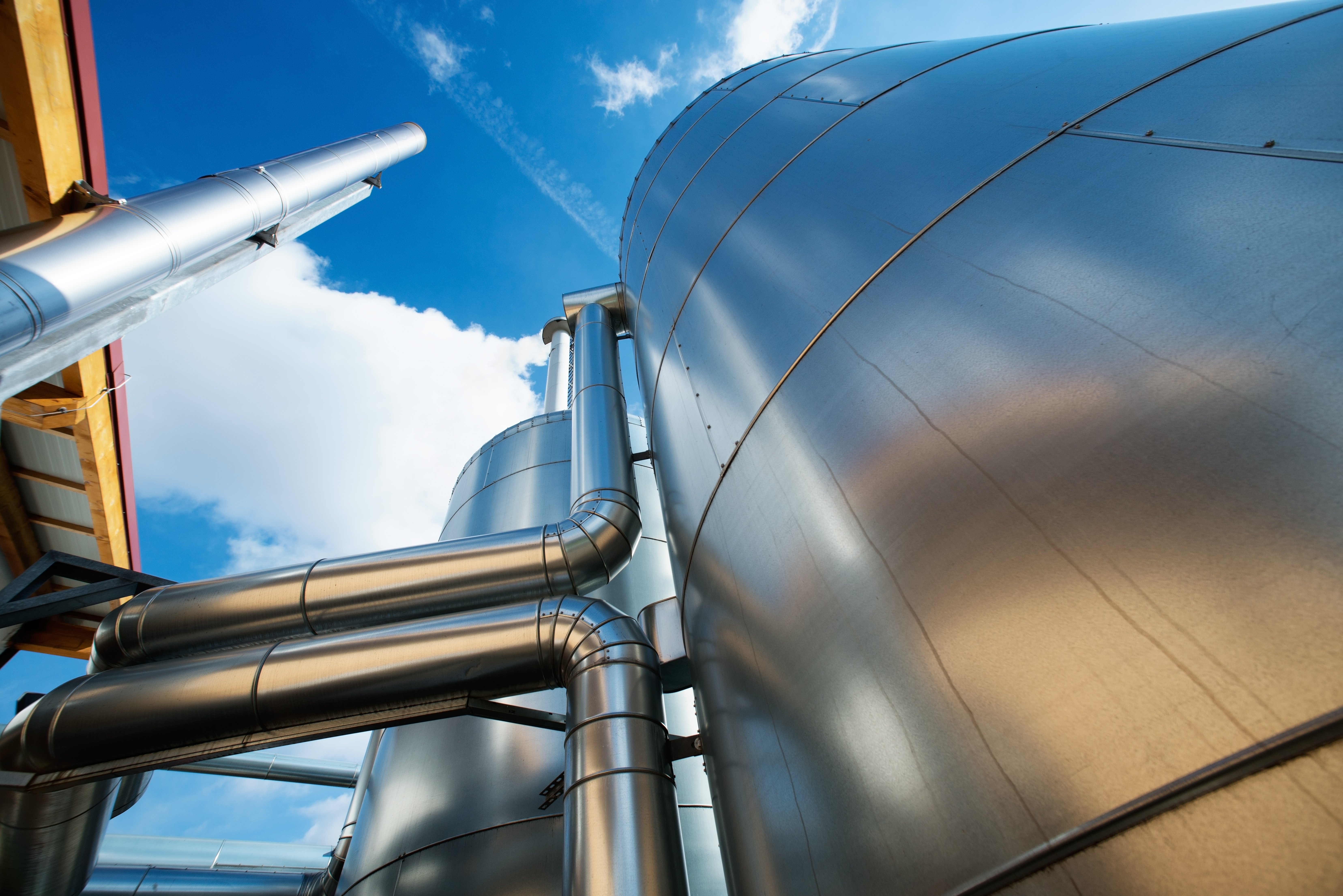CLOSE
About Elements
TANAKA is a leading company in the field of precious metals.
Advanced materials and solutions that support societal progress, the development stories behind them, the voices of engineers, and our management philosophy and vision—
Elements is an online media platform that shares insights that lead to a better society and a more prosperous future for the planet under the slogan “Mastering Precious Metals.”

New project will design first Danish reactor for carbon negative hydrogen production from biogas

Carbon capture and storage are necessary if the world is to have any chance at all of reaching the 1.5 C target in the Paris Agreement. And since plants are already very good at capturing CO2 from the atmosphere, why not use them to our advantage?
This is one of the main pillars in a new research project at Aarhus University, which will see the development of Denmark’s first reactor to produce hydrogen from biogas using catalytic pyrolysis. In the pyrolysis process, high temperature is applied to split the methane in natural gas, or in renewable biogas, into hydrogen and carbon.
The project is funded by the Independent Research Fund Denmark.
“What we need right now is not just zero carbon technologies. We also need carbon sequestering technologies with net negative carbon emissions. What we propose with this project is to adapt and optimise existing so-called turquoise hydrogen technology for biogas instead of natural gas. The result will be a genuine carbon-negative technology that is well-suited to Denmark’s leading role as a biogas nation,” says Associate Professor Patrick Biller from the Department of Biological and Chemical Engineering, who is heading the project.
Approximately 3 per cent of global carbon emissions derive from the production of grey hydrogen, which is produced from natural gas. The general alternative to this is green hydrogen, by which water is split into hydrogen and oxygen through electrolysis.
However, green hydrogen production is at best carbon-neutral if renewable electricity is used, but never carbon-negative. It requires large amounts of energy to split water and if renewable energy is not used, the production emits CO2.
Currently 95% of global hydrogen production comes from the Steam Methane Reforming (SMR) process where natural gas is converted to hydrogen and CO2. Turquoise hydrogen is increasingly being investigated as an alternative; it also involves the production of hydrogen from natural gas, but pyrolysis is applied to convert the carbon into solid form. Normal turquoise hydrogen is carbon-neutral, as the carbon originates from natural gas and thus fossil resources, but it is not emitted into the atmosphere.
Patrick Biller proposes designing and developing a technology that produces turquoise hydrogen from biogas.
“Plants perform carbon capture every day through photosynthesis, and they actually do so quite well. Biogas originates from plant material that has absorbed CO2 from the atmosphere in this way. This means that in biogas pyrolysis, carbon originally from the atmosphere is converted into solid form; a black powder that is pure carbon, and can either be deposited or used in industry for other high-value products,” he says and continues:
“This means there are no carbon emissions, but instead a net negative contribution to the atmosphere.”
With the grant from Independent Research Fund Denmark, the research team now aims to design and develop a system that can manage the process. It is no small task, even though the aim is to adapt existing turquoise hydrogen technology.
“There’s a big difference between natural gas and biogas, for example there are a lot of very different impurities in biogas to take into account. At the same time, methane pyrolysis requires high temperatures of around 1200 degrees Celsius. We want to avoid this, so we will try and find metallic catalysts that can significantly reduce the amount of energy required to initiate the reaction. We expect to be able to run the reaction at temperatures around 500 – 600 degrees,” says Patrick Biller.
The finished system is expected to be able to produce hydrogen using approximately one-fifth of the energy used in green hydrogen production. There is also the advantage in that this method binds carbon that originates from the atmosphere. The system will be tested and run at Aarhus University’s research centre in Foulum, AU Viborg. “Denmark has a world-leading biogas sector. We’re doing great things within Power-2-X and hydrogen, and we have an energy system with large amounts of renewable energy. Turquoise hydrogen from biogas fits into this mix perfectly, and I can see great perspectives for Denmark in this area in the future,” concludes the associate professor.
This article was from SpaceDaily.com and was legally licensed through the Industry Dive Content Marketplace. Please direct all licensing questions to legal@industrydive.com.
![]()







